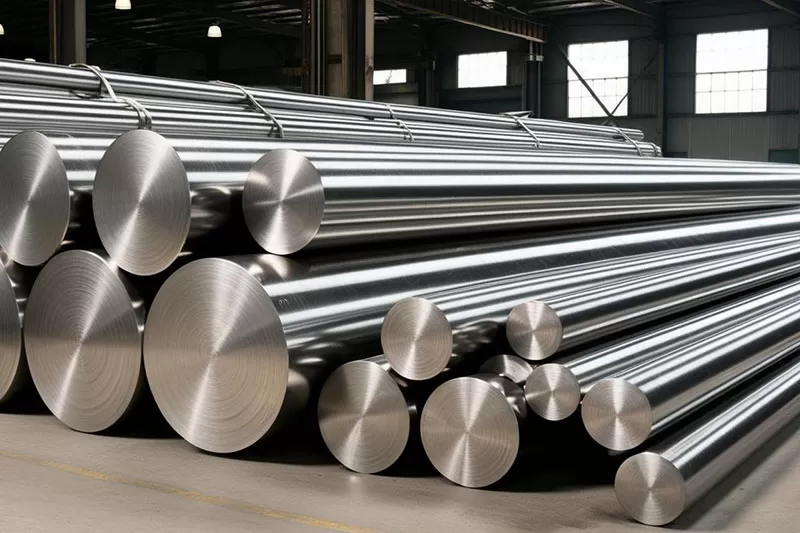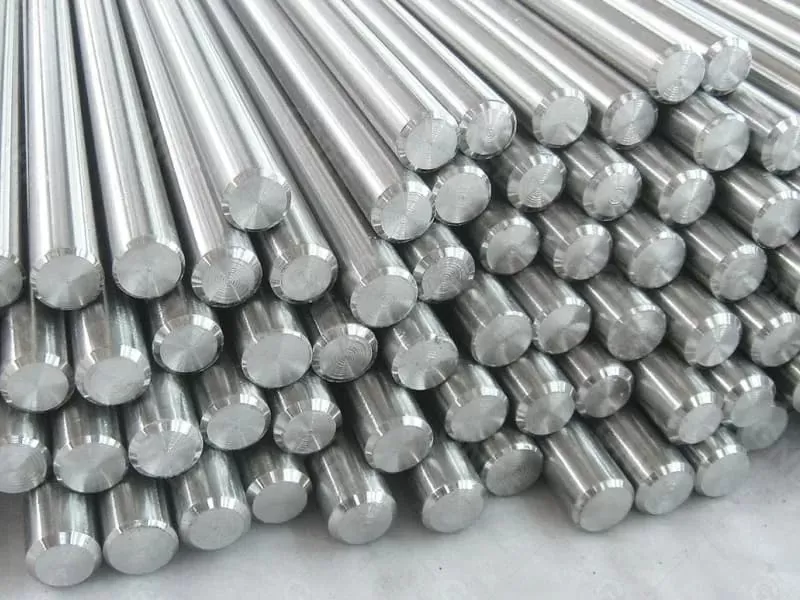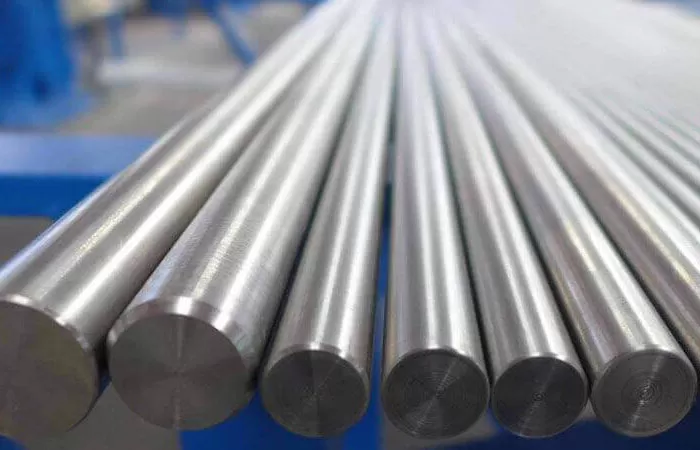
European steelmakers are cautiously optimistic following a series of recent developments that may mark the beginning of a de-escalation in global trade tensions. Chief among these is the newly announced trade agreement between the United Kingdom and the United States, which could signal a broader shift in the global trade landscape—one that EU producers hope to benefit from, despite their more complex relationship with Washington.
On May 8, the U.S. government announced that it would lift the long-standing 25% Section 232 tariff on steel imports from the UK—a protectionist measure originally imposed under the Trump administration. In addition, the U.S. will reduce its tariffs on UK automotive exports, allowing 100,000 vehicles to enter the American market at a preferential 10% rate. Any exports beyond that threshold will still face the standard 27.5% duty.
Although full implementation details remain scarce, the agreement is seen as a diplomatic milestone. It not only reopens one of the world's largest steel markets to UK producers but also suggests a willingness by the U.S. to reconsider similar barriers with other allies.
Further bolstering optimism, a 90-day tariff reduction agreement between the U.S. and China was announced on May 12. Under the deal, the U.S. will lower its tariff rate on selected Chinese goods (excluding steel) from 145% to 30%, while China will reduce its corresponding tariffs from 125% to 10%. Although limited in scope and duration, this mutual tariff cut is viewed as a symbolic step toward improved economic relations between the two giants.
For EU steelmakers, who have long been caught in the crossfire of global trade frictions, these developments offer a glimmer of hope that wider diplomatic progress could follow.
Despite these encouraging signals, European producers are not yet seeing direct benefits. The EU currently exports around 3.89 million tonnes of steel to the United States annually—nearly 16 times more than the UK’s 240,395 tonnes, according to data from MEPS and Eurofer. In fact, the EU maintains a trade surplus of 2.6 million tonnes in steel with the U.S.
Yet, the European Commission has made limited headway in securing a deal similar to the UK’s. Negotiations remain ongoing, but many stakeholders are preparing for a less-than-favorable outcome. In anticipation, the Commission has launched a public consultation on retaliatory measures, including potential tariffs on U.S.-origin steel products and restrictions on EU steel scrap exports to the American market.
Given the fragile state of domestic demand, losing access to the U.S. market would be a significant blow to European steelmakers. MEPS reports that steel demand across the EU has slowed further in recent weeks. Among monitored products, only drawing-quality wire rod has avoided a price decline, as downward pressure persists across the board.
One of the more significant aspects of the U.S.-UK steel deal lies in its mutual recognition of trade defense strategies. According to official White House documentation, the U.S. acknowledges “the economic security measures taken by the UK to combat global steel excess capacity,” framing the agreement as the foundation of a “new trading union” for steel and aluminum products.
This may hint at the kind of alignment the U.S. is seeking with other partners before lifting similar tariffs. For EU producers, the implication is clear: unless Brussels can demonstrate similar commitments to address overcapacity—especially from Chinese and other Asian producers—tariff relief may remain elusive.
Just days after the trade agreement was unveiled, the UK’s Trade Remedies Authority (TRA) proposed significant revisions to the country’s steel import safeguards. Released on May 13, the proposed updates are designed to curb dominance by individual exporters within specific product quotas.
Key proposed measures include:
A 40% cap on any single country's share of quotas in Categories 4 (metallic coated sheet), 7 (quarto plates), and 13 (rebar).
Elimination of the “carry-over” mechanism, which currently allows unused quotas to be rolled into the following quarter.
Removal of residual quota access in Q4 for countries with country-specific quotas.
Discontinuation of redistribution of unused quotas for developing nations, with the exception of a previously scheduled 3% liberalization of tariff-rate quotas (TRQs) effective from July 1.
The TRA recommends that the new country-specific caps take effect on October 1, while the end of the carry-over mechanism should be implemented by July 1—allowing time for importers to adjust supply chains.
If the EU fails to secure a deal with the U.S., the implications could be significant. As the UK opens its market under more favorable terms, it risks becoming a preferred destination for steel exports redirected from the U.S., especially if EU and Asian producers remain locked out. This shift could lead to increased pressure on EU steelmakers both in terms of lost market share and rising competition at home.
Moreover, the TRA’s proposed quota changes could further complicate the landscape by restricting certain exporters—particularly from Vietnam, South Korea, and Algeria—from dominating UK market segments. In 2024, Vietnamese and South Korean steel accounted for nearly 99% of Category 4 imports, while Algerian-origin rebar dominated Category 13 with 86% of the total.
For European steelmakers, the global trade environment in mid-2025 remains precarious but not without promise. The UK’s trade breakthrough with the U.S. and the limited but symbolic détente between Washington and Beijing point to the possibility of easing tensions—if not for the EU, then at least for some of its trading partners.
However, unless Brussels can effectively align with Washington’s trade defense priorities and negotiate in good faith, the EU may find itself increasingly isolated. In the meantime, preparing defensive countermeasures—while prudent—risks further fragmenting the global trade system.
In the end, access to key export markets like the U.S. is not just a matter of diplomacy or tariffs. It is a test of political alignment, strategic vision, and the ability of Europe to play a coordinated, proactive role in the evolving architecture of global trade.

2025-12-11 16:42:29

2025-11-19 14:09:22

2025-11-07 17:27:49

25th floor, C3 Building, Wanda Plaza, Kaifu District, Changsha, Hunan Province, China